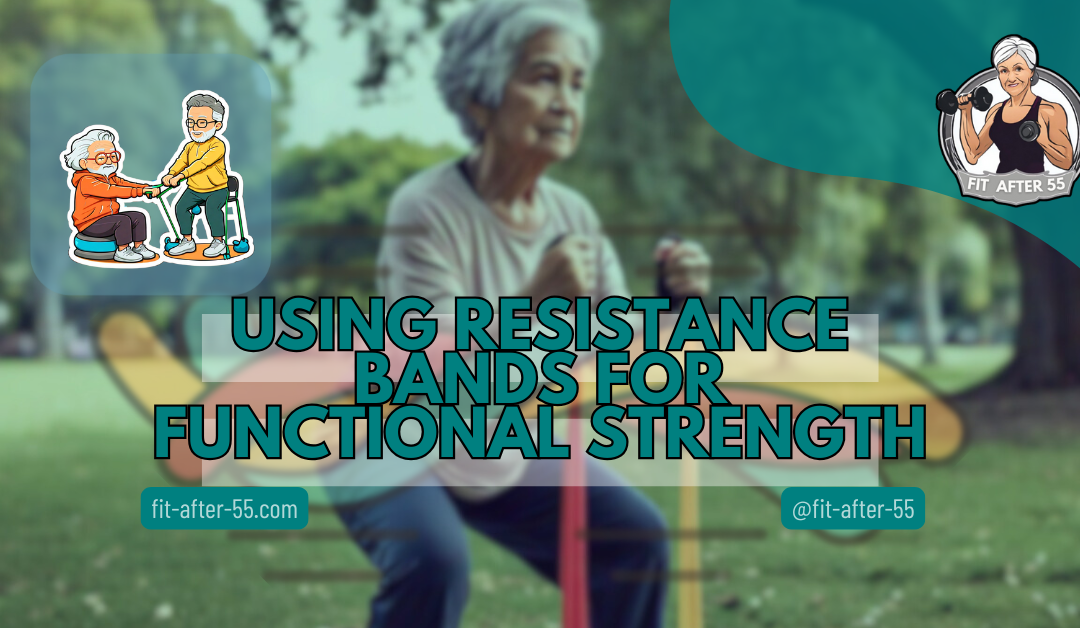Resistance bands for functional strength are a vital tool for seniors and people of all ages. As we go through life, we’re constantly moving—whether it’s carrying groceries, playing with grandchildren, or simply getting out of bed. For seniors, maintaining functional strength becomes even more crucial, as joint and bone issues often make everyday tasks more challenging.
Speaking from personal experience as a senior, I understand how difficult it can be to move as we age, and it’s this challenge that inspired me to share what I’ve learned about building strength that translates into real-life movement. In this article, I’ll explore how resistance bands can be a game-changer in enhancing functional strength, making daily activities easier and helping you maintain an active, independent lifestyle.
Total Body Transformation: Resistance Bands for Functional Strength
Functional strength is all about developing muscles to enhance everyday activities, from carrying groceries to playing with kids. It’s not just bicep curls; it’s movements that mirror real-life situations, making the mundane tasks a breeze.
The beauty of focusing on functional exercises lies in how it transfers to daily life. You’re not just building strength, but improving balance, coordination, and agility. It’s about making sure your body works as a unit – strong, stable, and efficient.
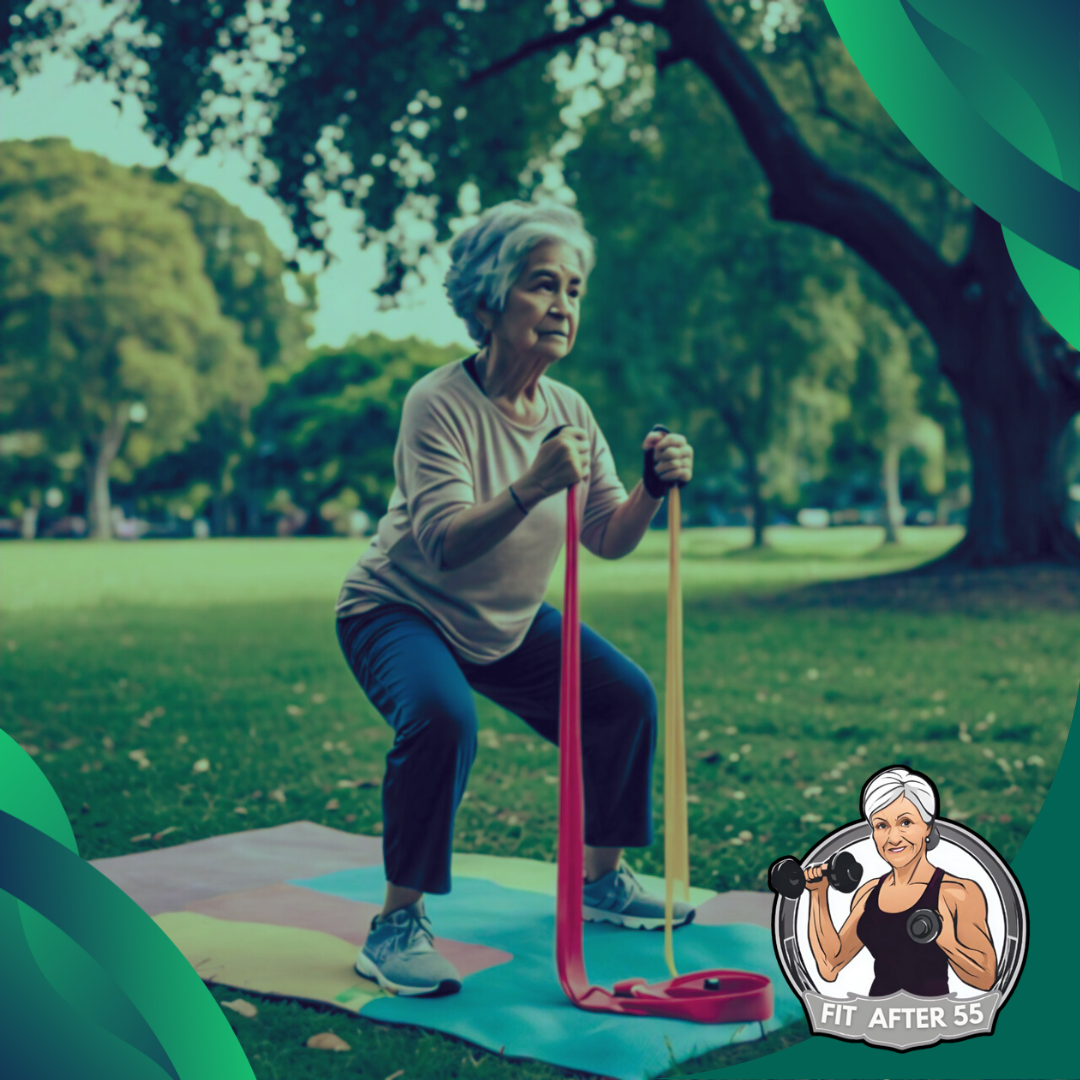
Enter resistance bands, the unsung heroes of the fitness world. These stretchy wonders offer a unique edge; they’re adaptable and perfect for simulating functional movement patterns. Unlike traditional weights, bands allow for a more dynamic strength-building experience.
Using bands, you can target different muscle groups, replicate everyday motions, and even improve your range of motion. Whether you’re at home, the park, or even at work, these bands are your portable gym companions.
Resistance bands help in building strength that’s applicable in real-world scenarios. You can train your body to react better, move faster, and stand stronger, with bands providing that crucial tension throughout the movement.
So, if you’re curious about building a different kind of strength, one that’s practical and beneficial outside the gym walls, resistance bands have got a lot to offer.
Why Choose Resistance Bands?
Resistance bands are the ultimate game-changer in the fitness world. Lightweight and flexible, they fit right into your backpack or suitcase, making them the perfect workout buddy for on-the-go fitness enthusiasts. Say goodbye to the bulky gym gear and hello to a workout that travels wherever you do.
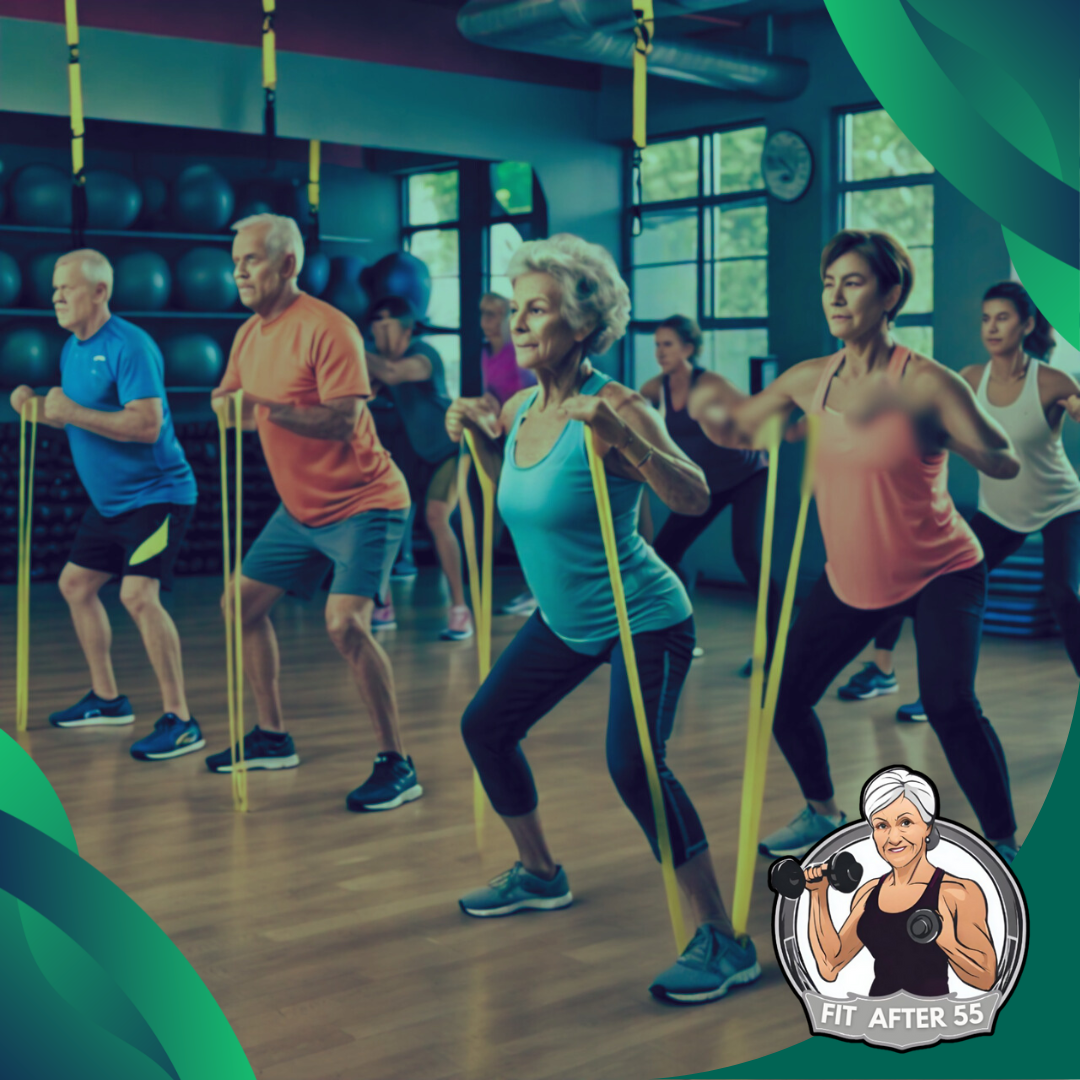
A New Approach to Strength Training
Traditional weights have their place, but bands bring a different flair to strength training. With bands, you’re not just lifting; you’re engaging muscles throughout the entire range of motion. This constant tension challenges your muscles differently, boosting your gains in a way that dumbbells can’t always match.
Cost-Effective Fitness Solution
Let’s talk budget. Resistance bands are insanely cost-effective. You get a full-body workout for a fraction of what you’d spend on a gym membership or a set of weights. Plus, they last long, meaning they’re a solid investment for your fitness journey.
Accessibility for All Fitness Levels
For accessibility, bands are unbeatable. Fitness isn’t always about lifting heavy; it’s about consistency and adaptability. These bands cater to all – from beginners finding their fitness groove to seasoned athletes pushing new limits. They’re adjustable, accommodating various fitness levels with ease.
Fitness for Everyone: Simple, Inclusive, and Effective
With resistance bands, fitness becomes inclusive and approachable. No need for a flashy gym or expensive equipment; just the drive to move and the resolve to stay active. Tackle your fitness goals with bands, and watch how they seamlessly integrate into everyday life.
Science Behind Resistance Band Training
Resistance bands might seem like simple tools, but they’re steeped in science. It’s all about variable resistance, which means the tension increases as you stretch the band, ramping up the challenge as you move through the exercise. This mirrors real-world dynamics more faithfully than static weights.
Research backs up the benefits of band training, showing it can build muscle just as effectively as traditional weights. The dynamic resistance encourages muscle activation from start to finish, making sure you’re working hard all the way through.
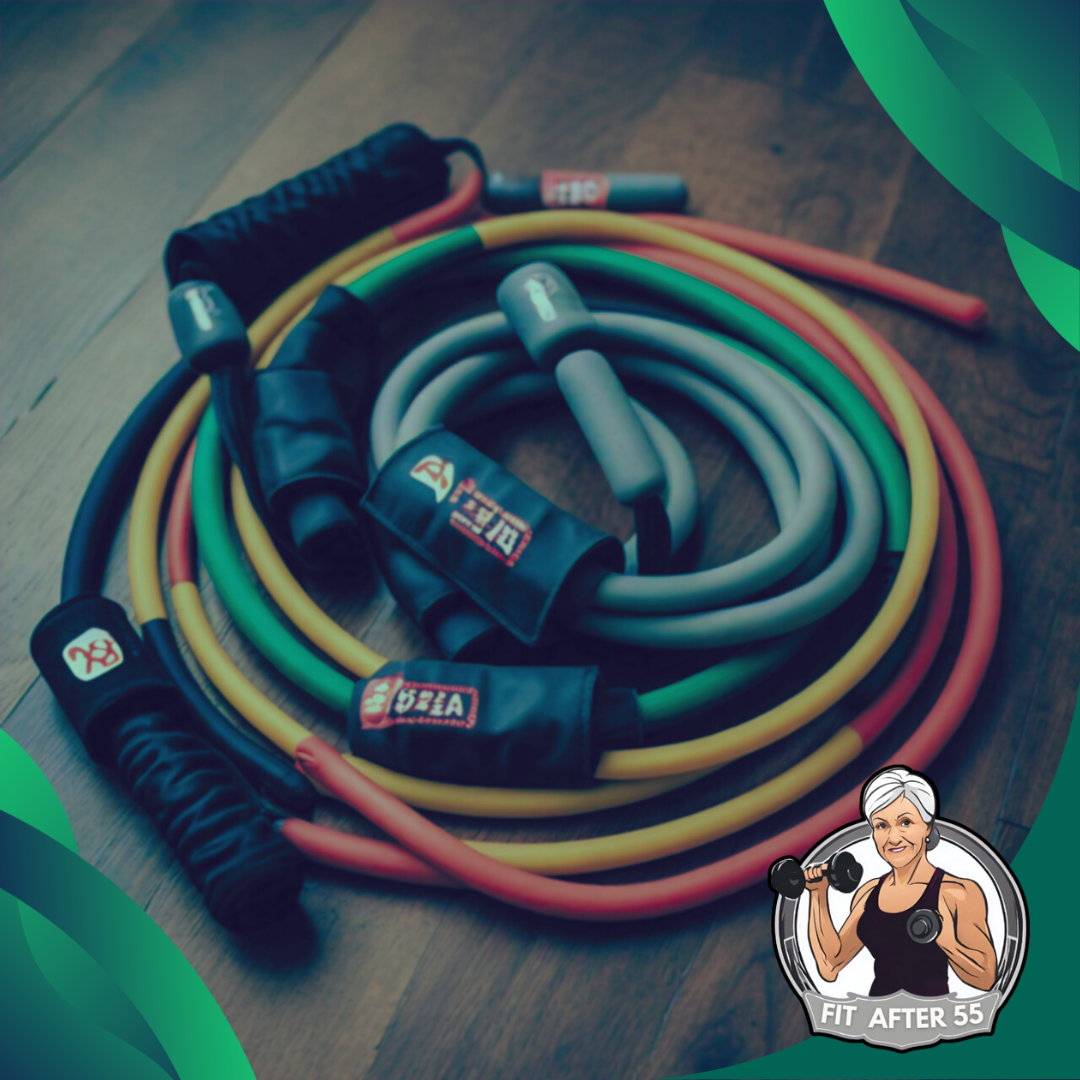
Flexibility is another big win here. With resistance bands, you aren’t just promoting muscle growth; you’re enhancing flexibility too. This dual benefit is crucial for functional strength, helping you twist, bend, and move with ease.
The concept of progressive overload works with bands too. By increasing the resistance or pushing further stretches, you can continue to challenge your muscles, making them stronger and more resilient.
For injury recovery or prevention, bands are a go-to tool. They offer low-impact resistance, ideal for building strength without stressing joints. That makes them perfect for everyone, from elite athletes recovering from injuries to seniors looking to stay fit without risking joint pain.
Beginners Guide to Resistance Band Workouts
Starting out with resistance bands doesn’t need to be overwhelming. These bands come in various types, like loop bands, tube bands with handles, or those anchored to the door. Each has its unique benefits, so find one that matches your needs.
Mastering the Basics: Focus on Core Strength
For beginners, the key is to start simple. Focus on mastering fundamental exercises that strengthen your core, legs, and upper body. Common moves like squats, seated rows, and chest presses are great starters. They’re effective without being too complex, giving your body a solid foundational strength.
Setting Up for Success
A clear set-up helps too. Anchor your band securely, ensuring it doesn’t snap back unexpectedly. Proper form is everything, so take your time with each movement. Control the pace, and feel the band’s resistance take effect.
The Power of Consistency
Consistency is your best ally. Schedule regular sessions, even if they’re short. It’s not about burning out on day one but building a habit that leads to sustainable progress over time.
Tracking Progress and Celebrating Wins
Finally, keep track of progress. Note how your body responds to the workouts and gradually increase the resistance or intensity. Celebrate small wins and stay motivated by reflecting on how much easier everyday tasks are becoming.
Advanced Techniques to Maximize Strength Gains
Ready to take your resistance band training to the next level? It’s all about incorporating advanced techniques that push your boundaries and transform your workouts.
Effective Strength Training Tips
Start with compound exercises like deadlifts with bands or banded push-ups. These target multiple muscle groups, helping you gain strength faster.
Use progressive overload by gradually increasing resistance or workout volume. If you’ve mastered an exercise, add more reps or switch to a thicker band.
Incorporate isometric holds—pause at key points, like the bottom of a squat, to further engage your muscles.
Focus on form to avoid injury. Record yourself or use mirrors to ensure proper technique as you increase intensity.
Finally, use resistance bands for lateral and rotational exercises to improve strength, balance, and coordination.
Key Training Strategies
| Strategy | Description |
|---|---|
| Compound Exercises | Engage multiple muscle groups with movements like deadlifts or push-ups. |
| Progressive Overload | Gradually increase resistance or reps to keep muscles challenged. |
| Isometric Holds | Pause at key points, like the bottom of a squat, to increase muscle engagement. |
| Form Focus | Maintain proper form to prevent injury and ensure effective muscle use. |
| Different Planes | Include lateral and rotational movements to boost strength, balance, and coordination. |
This simple approach ensures steady strength gains while reducing the risk of injury.
Incorporating these advanced techniques not only maximizes your strength gains but injects variety and excitement into your fitness routine. You’re not just building muscle; you’re honing a powerful, functional body.
Integrating Resistance Band Workouts Into Your Routine
Blending resistance band workouts into your daily routine can add spice and effectiveness without demanding lots of time or space. Think about combining band exercises with activities you already do, like a morning stretch or post-run cooldown.
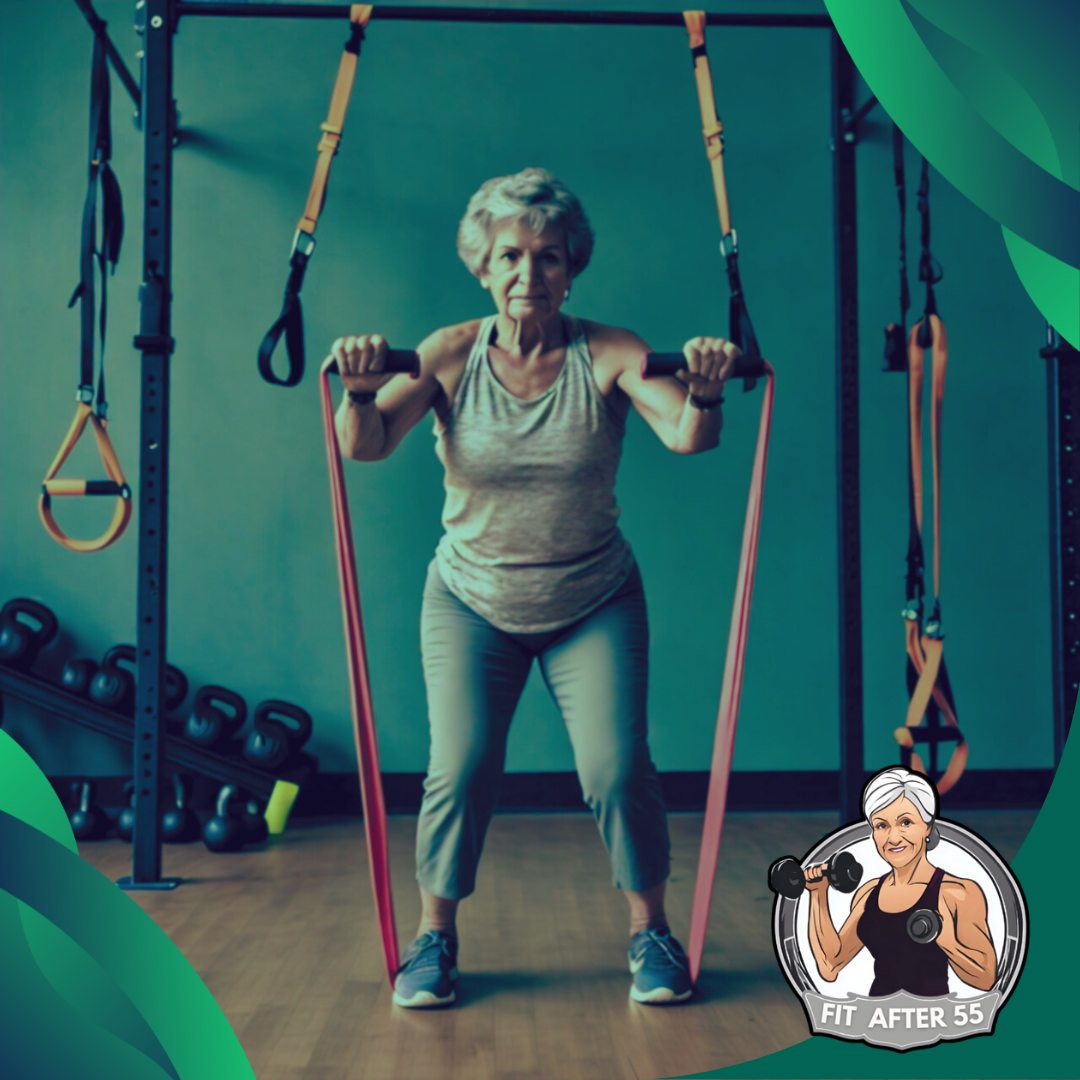
Consistency is the real game changer. Aim to incorporate band exercises regularly, not just sporadically. This creates a habitual practice that builds strength and endurance over time, keeping you on track toward your fitness goals.
Diversifying your workouts with band exercises complements your existing routine, be it yoga, pilates, or weightlifting. Bands provide unique tension that enhances muscle engagement, even during low-impact activities.
Real-life success stories can serve as motivation. Plenty of folks, from busy parents to senior athletes, have found that resistance band workouts offer a practical way to stay fit and strong amid busy schedules.
Tracking progress keeps things fun and motivating. Measure gains not just in muscle mass but in daily performance improvements, like how you lift groceries or your posture during Zoom calls.
With versatility and efficiency, resistance bands aren’t just a workout tool, they’re an invitation to rethink and revitalise your entire fitness approach, one stretch at a time.
Resistance Bands for Functional Strength: A Key to Independent Living
Resistance bands for functional strength offer an invaluable way to enhance your ability to perform everyday activities with ease and confidence. Whether you’re lifting groceries, bending to tie your shoes, or playing with your grandkids, the ability to move freely and without pain is something we should all strive for. As we’ve explored here, functional strength is essential for everyone, but it becomes especially crucial as we age. For seniors, maintaining and improving this strength is vital to preserving independence and reducing the risks associated with falls and injuries.

Resistance bands provide a flexible, effective, and low-impact way to build strength, improve balance, and enhance coordination. These tools not only target multiple muscle groups but also offer a safe, adaptable workout for all fitness levels. From beginners to seasoned athletes, incorporating resistance bands into your routine can help you stay strong, stable, and capable of navigating the demands of daily life.
Remember, it’s never too late to start. Take control of your health and invest in your functional strength today—whether you’re in your 20s or 70s, your body will thank you. Thank you for reading, and I encourage you to begin incorporating resistance band exercises into your fitness routine. With consistency, you’ll feel the benefits in no time!
Frequently Asked Questions
Here are some frequently asked questions to further clarify the benefits and use of resistance bands for functional strength:
What are the benefits of resistance bands over free weights?
Resistance bands provide continuous tension throughout an exercise, helping to engage muscles more effectively and improving flexibility. They also offer a full-body workout without the need for bulky equipment.
Can resistance bands be used for injury recovery?
Yes, resistance bands are great for rehabilitation, offering low-impact resistance that helps build strength without putting too much strain on joints, making them ideal for injury recovery.
How often should I use resistance bands for maximum results?
For optimal results, aim to incorporate resistance band exercises into your routine 2-3 times a week, focusing on different muscle groups to allow for recovery.
Are resistance bands suitable for all fitness levels?
Absolutely! Resistance bands come in various levels of resistance, making them adaptable for beginners to advanced athletes. You can start with lighter bands and gradually increase the resistance as you progress.

